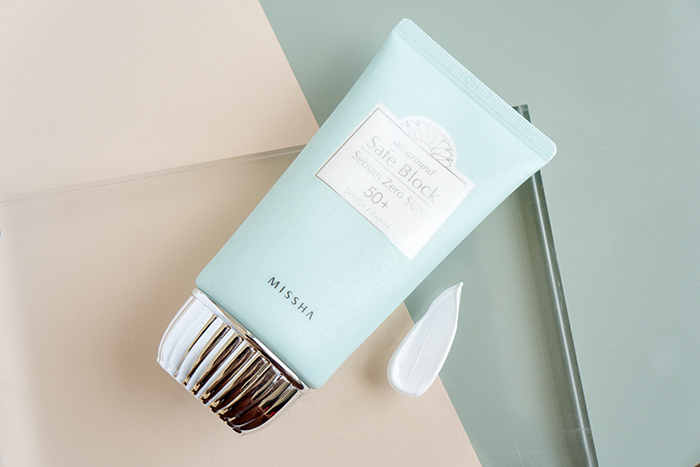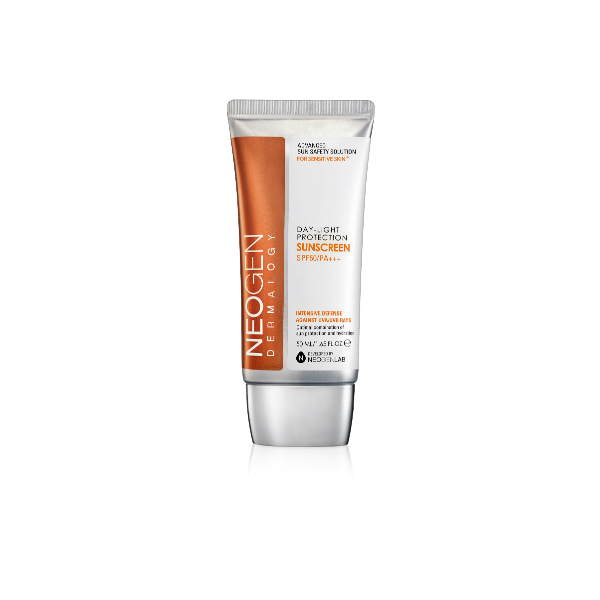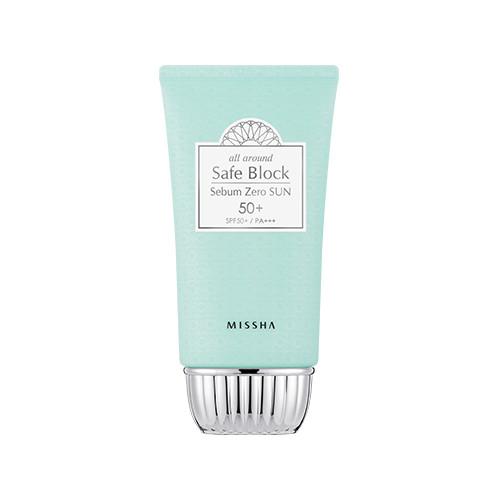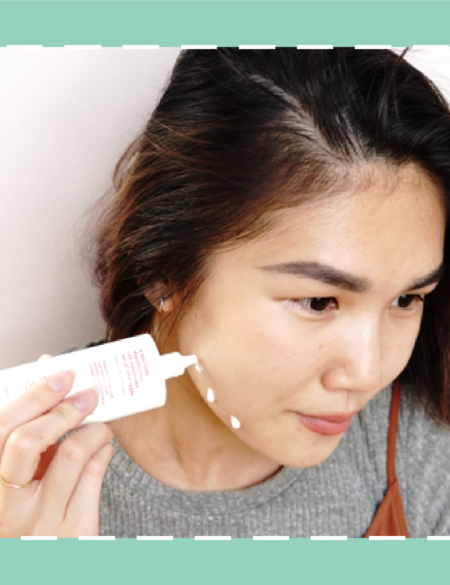It’s time to get to the bottom of how to apply sunscreen the right way and what to pay attention to on your SPF bottles. Below, you’ll find the answers to nine of the most common sunscreen questions we get.
Now that the weather is finally starting to heat up, it’s time to talk sunscreen protection (although, I hope you’ve been wearing SPF every day regardless of the weather!). There are a vast amount of sunscreens that are available on the market, so it can be confusing to know what to look for. The numbers make it even more difficult to choose since there’s such thing as SPF 15 and even SPF 100. Which one offers better protection?
There are a ton of questions about sunscreen and how it works. Unfortunately, there’s also an equal amount of conflicting answers available on the internet. To help you sort through them, we’ve compiled this simple guide that answers your most common and perplexing sunscreen questions.
What does SPF even mean and why should I care about the numbers?
SPF stands for Sun Protection Factor. This pertains mostly to UVB rays, which are the ones that result in sunburns. Rather than penetrating the deeper layers of the epidermis, UVB rays generally burn the outer, superficial layers of the skin. These rays are the ones that play a strong part in the formation of skin cancer. So, it’s important to adequately protect yourself from them. This is where SPF comes in.
These sunscreen numbers aren’t developed to explain how long you can stay in the sun before burning, but rather their ability to deflect UVB rays. Dermatologist Neil Sadick explains: “SPF 15 provides 93% blockage, SPF 30 provides 97% blockage, SPF 50 provides 98% blockage, and SPF 100 provides 99% blockage.” So, despite the fact that SPF 100 does exist, “the difference between SPF30 and SPF100 is an extra 2 percent protection, and the extra SPF mostly serves as marketing lingo rather than anything of substance,” says Sadick.
Keep in mind that SPF only refers to protection from UVB rays. To get the most from your sunscreen, it’s important to use broad spectrum products that protect you from both UVA and UVB rays.
Ok, so then what is the difference between UVA and UVB rays?
Every time we go outside, we’re exposed to two different types of harmful UV rays: UVA and UVB. As we discussed before, UVB rays are the ones that result in you getting that awful sunburn. UVA rays penetrate the deeper layers of the dermis and can cause premature aging. Long term exposure to UV radiation increases the formation of free radicals. As a result, they cause extensive damage both physically and internally.
What are the best ingredients to look for in sunscreens?
Sunscreens are divided into two different categories: physical and chemical. A common misconception is that physical sunscreens contain natural ingredients that are better for your health. The reality is that both physical and chemical sunscreens contain chemicals. Physical sunscreens usually use titanium dioxide or zinc oxide, while chemical ones use a variety of ingredients, like aoxybenzone, avobenzone, homosalate and octinoxate.
So then what’s the big difference between physical and chemical sunscreens?
Nothing really. Despite popular belief, physical and chemical sunscreens actually work in the same way. They form a protective film on the skin that absorbs UV light and turns it into heat. Physical and some chemical sunscreens, also reflect and scatter the incoming UV light. Both sunscreen types work effectively at protecting you from harmful UV rays.
So then why do people prefer one over another?
Chemical sunscreens tend to be more refined in feel and texture; they also provide sun protection without a white cast. But, this doesn’t mean physical sunscreens are all bad. Zinc oxide and titanium dioxide are excellent sunscreen filters. Their only downside is that they tend to leave a white cast, especially on darker skin tones. Modern formulations have worked to decrease this unfortunate side effect, so it is possible to find ones that would work well. This is done by breaking down the zinc and titanium into smaller particles. Physical sunscreens tend to be thicker and greasier in texture, as well. As a result, they may not work for some skin types.
When choosing a sunscreen, it’s more important to focus on what works for your skin type rather than if it’s chemical or physical. At the end of the day, both will provide adequate sun protection.
How much sunscreen do I have to apply?
According to the American Academy of Dermatology, you should use at least one teaspoon of sunscreen on your face. People tend to go light with their sunscreen because they either don’t like the texture or the formulation might mess up their makeup. Instead, it’s best to take a “more is more” approach and apply more than you think you need. As for the body, the AAD suggests “one ounce, enough to fill a shot glass,” to protect you from UV rays. Remember to reapply throughout the day for long-lasting protection.
Should I apply sunscreen before or after moisturizer?
Most sunscreens contains silicones that form an occlusive, protective layer on the skin. To get the most from your SPF, you’ll want to apply it after your moisturizer. This is to avoid disturbing your SPF or decreasing its protection in any way. But, you can also use a moisturizer and SPF combination, which takes care of that in one simple step.
I have acne, so sunscreen will make my skin worse, right?
Nope. While it can be a hassle to find sunscreen formulas that work with acne-prone skin, rather than skipping sunscreen altogether, which would actually cause more damage, Sadick suggests “choosing a formulation that is light, water-based, and avoids any products that contain heavy oils like coconut, beeswax, and cinnamon oil.”

The Neogen Daylight Protection Sunscreen and Missha All Around Safe Block Zero Sebum Sun are both great options. The Neogen one is super lightweight. It contains rose and raspberry extracts that calm and nourish the skin. If you have particularly oily skin, you can skip your moisturizer and substitute this SPF as a two-in-one combo.

The Missha Zero Sebum Sun should be your go to if you have incredibly oily skin. The light formula not only protects you from the sun but it also helps keep your oil at bay. The green tea and tea tree extracts control sebum production and mattify your skin without drying it out.
How long do you really need to wait after applying sunscreen before going outside?
Most sunscreens will suggest applying 10 to 15 minutes before heading out the door. This idea perpetuates the myth that you have to apply your sunscreen earlier so it has time to “activate.” But, this has less to do with activation and more about creating an even layer of sunscreen on the skin.
Your sunscreen doesn’t actually have to activate—it works from the very moment that you apply it. But, in order for an SPF to do its job, you want to allow it to create an even film on the skin. The more even your application, the more complete protection from UVA and UVB rays.
Bottom line
At the end of the day, both types of sunscreen will provide adequate sun protection. It’s more important for you to choose a sunscreen that works for you. The more you like a sunscreen, the more likely it is that you will apply it every day (like you should!).







